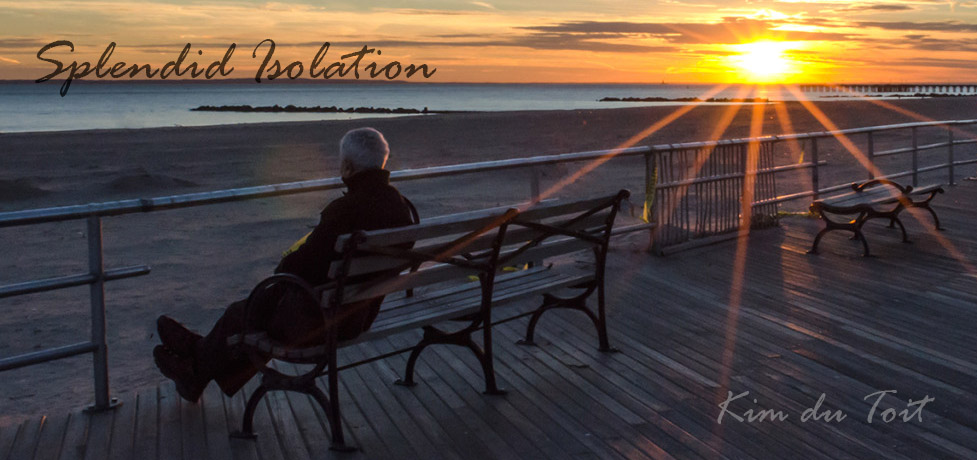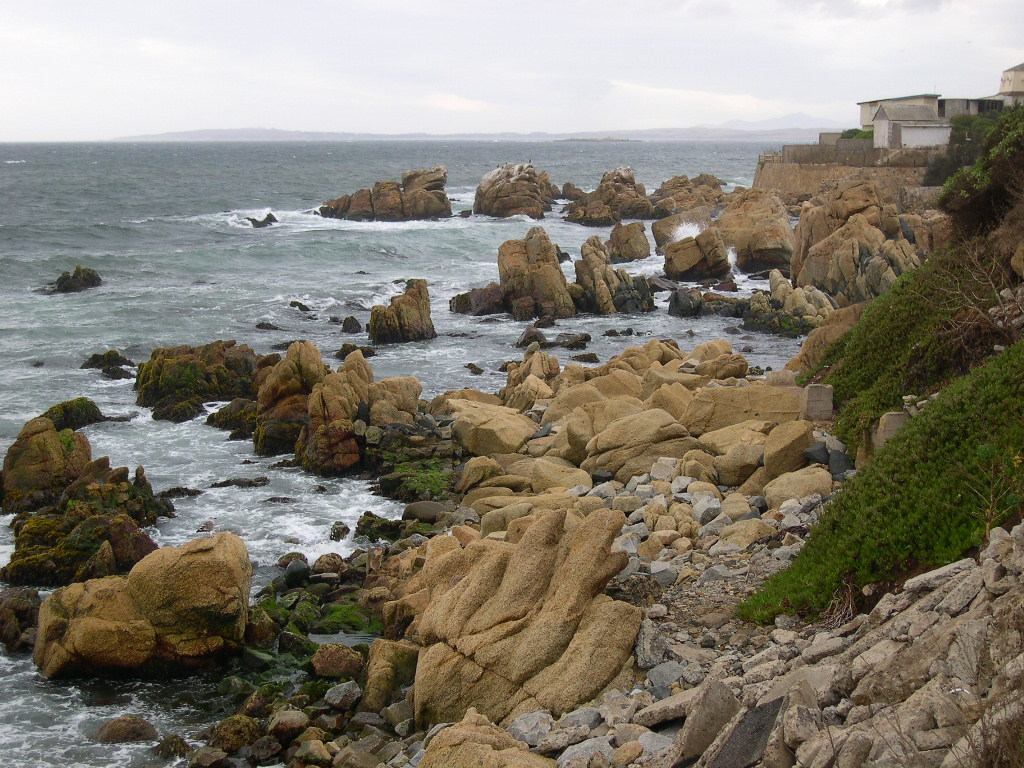The other day I was confronted by a situation that has become depressingly familiar: an allusion to someone who is clearly well-known to many, but whose existence had hitherto been completely unknown to me.
In this case, it was the redoubtable Tom Knighton, whose substack efforts are definitely worthy of subscription in general, but sadly out of my reach because #Poverty. Writing a very Kim-like essay (minus Kim’s swears), he was talking about the evils of technology being used to spy on people and control their lives — in this case, electricity supply — which is an issue near and dear to me, as Loyal Readers will be aware.
However, towards the end, Knighton writes this:
When I thought I wanted a cyberpunk future, I meant with Dina Meyer running through the streets of some city while we tried to find a cybernetic dolphin, not this crap.
Who?
It turns out that this Dina Meyer is an actress who has had a fairly long and interesting career, with appearances in many, many movies and TV shows: none of which I’ve ever watched, other than (in the TV case) a few episodes of a show in which she may have appeared but clearly didn’t register with me. Here are a few examples, just to illustrate the situation.
Apparently, Miss Meyer started off her career in Beverly Hills 90210, of which I’ve never watched a single episode. She’s also appeared in some movies (Johnny Mnemonic, Starship Troopers, Saw I-III, Dragonheart and one of the Star Trek movies), none of which I’ve seen because their genres (sci-fi, fantasy, horror etc.) have absolutely no appeal to me.
While Tom Knighton clearly knows who she is and uses her as some kind of cultural reference, it’s perfectly possible that as good an actress as she may be, Dina Meyer has heretofore floated completely under my finely-adjusted and alert Totty Radar, however much of a cultural lodestar she may be. Lest others find themselves sailing with me on board the same Ship Of Ignorance, therefore, I submit the following:






It seems somewhat strange that she’s survived and prospered thus far (into her late 50s, good grief) without my ever having spotted her before, but it’s a factor of her role- and genre choices rather than my inattentiveness.
Anyway, there’s no need to thank me: it’s all part of the service.


























